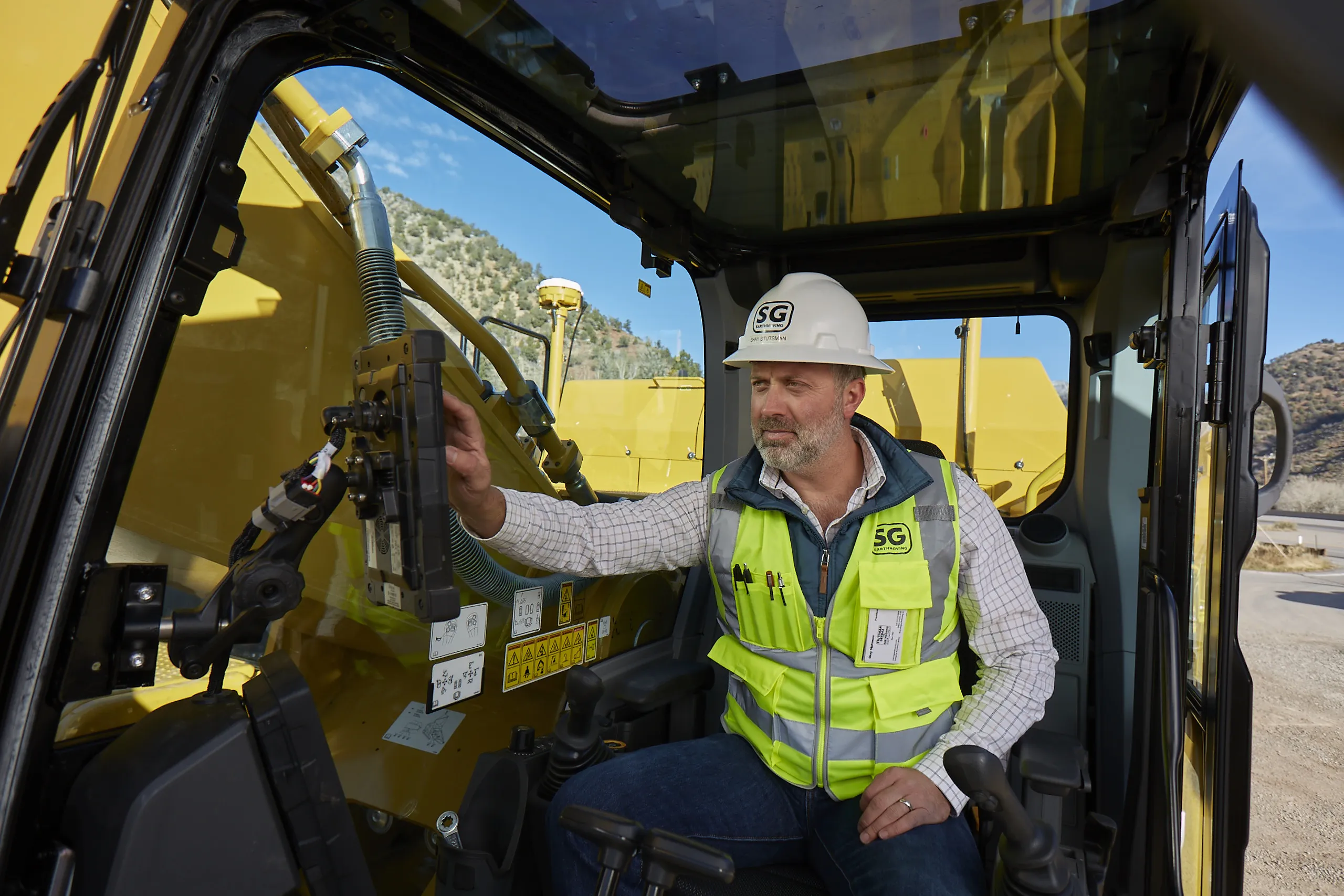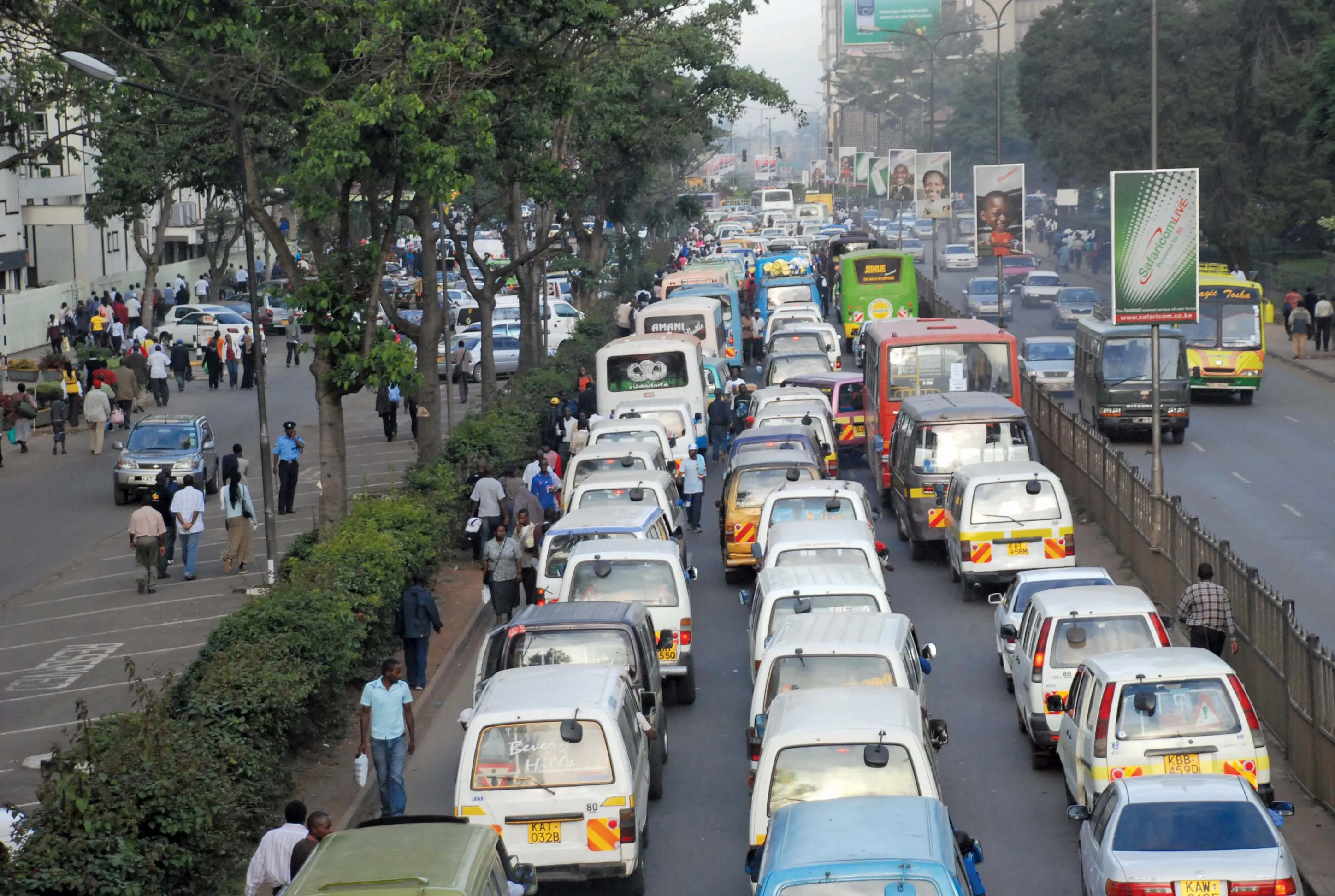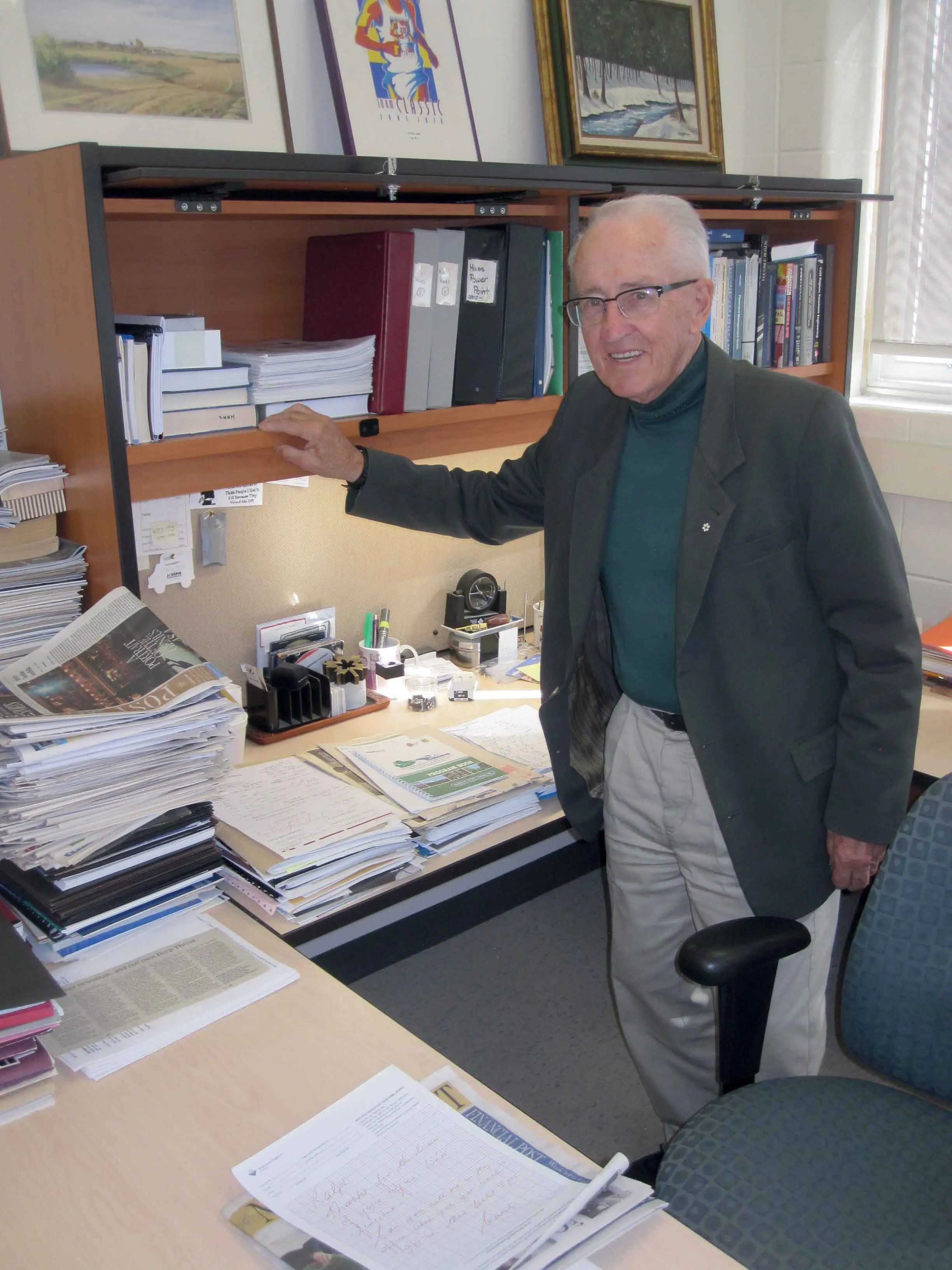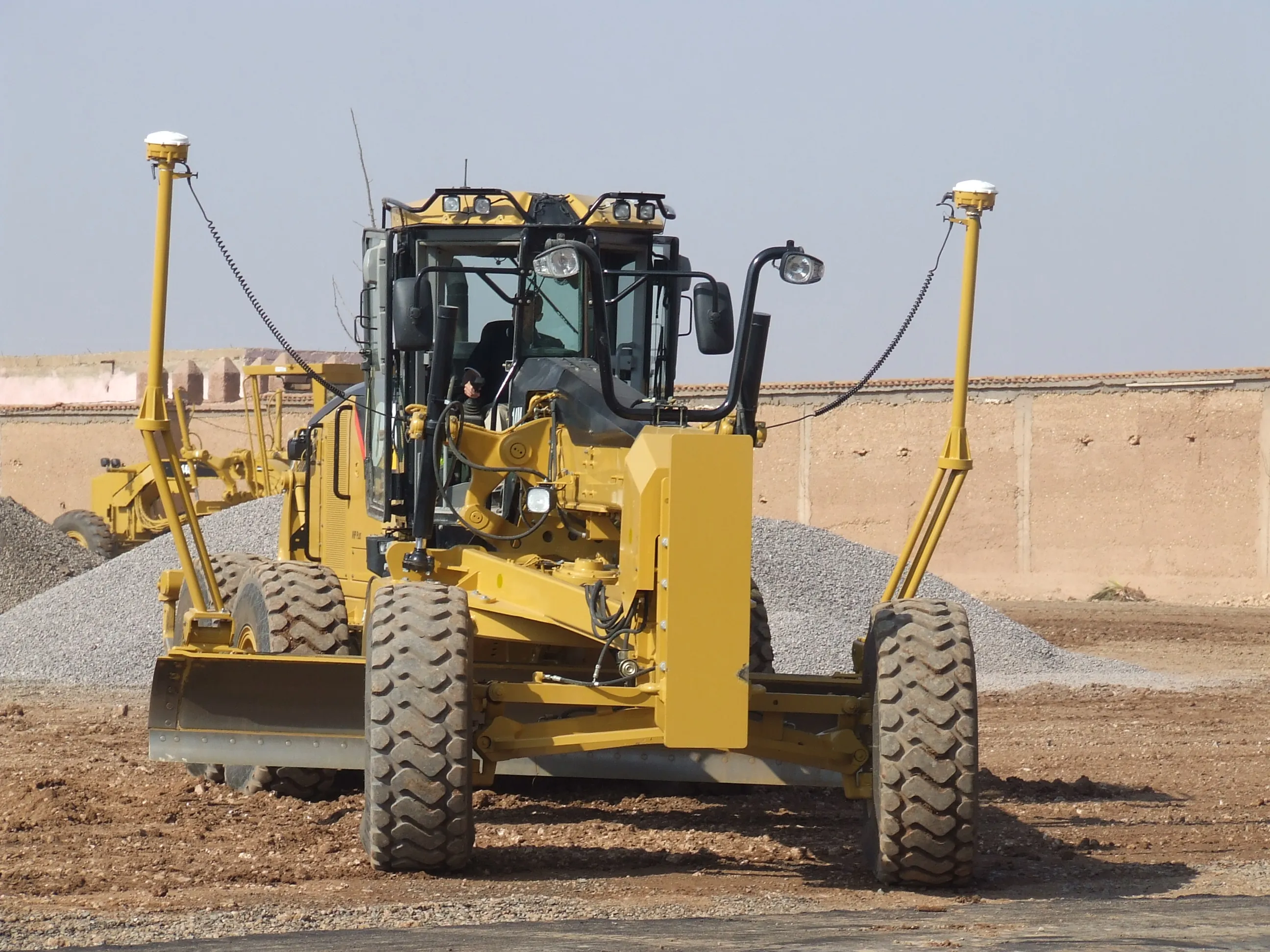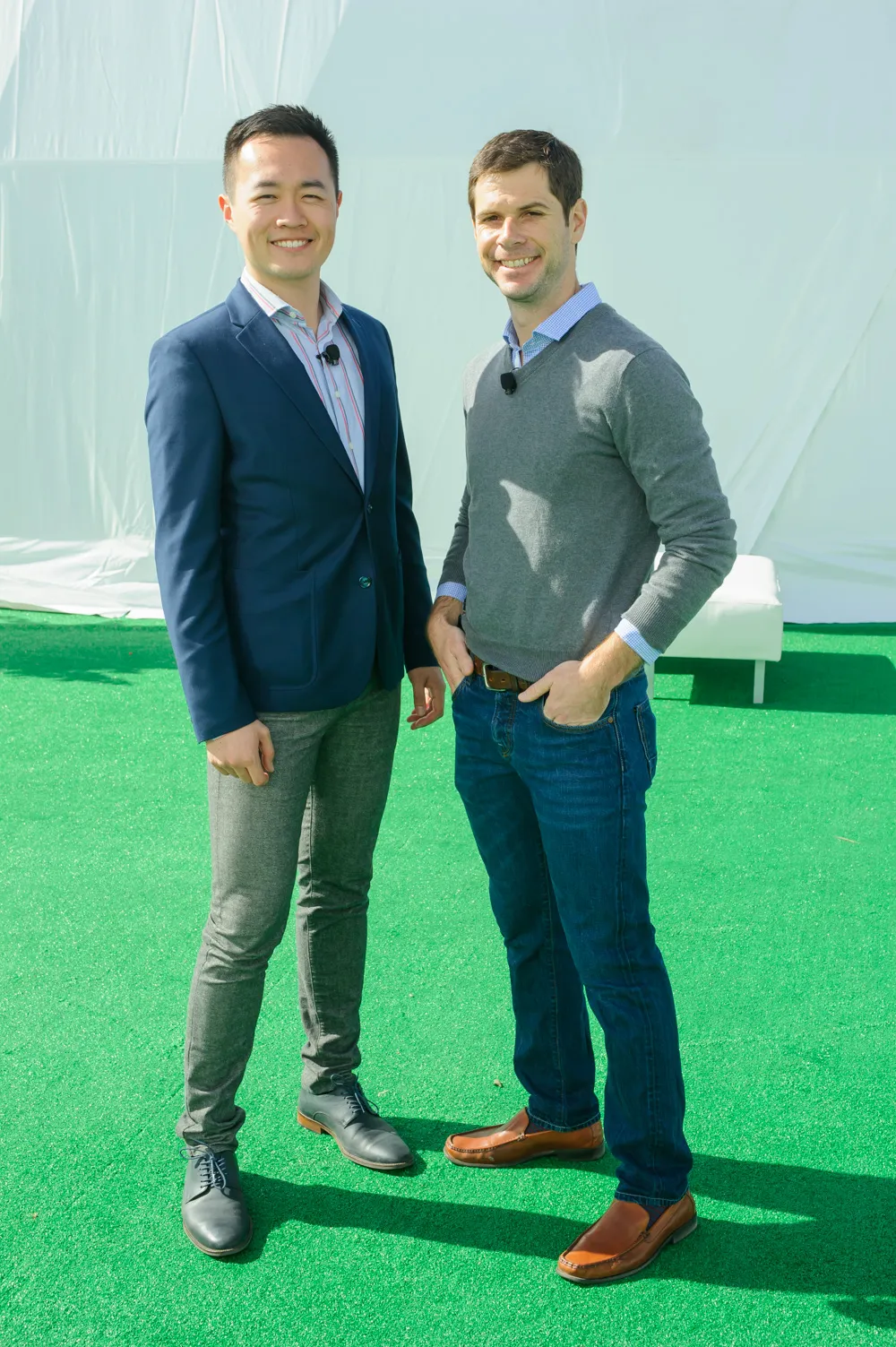
Five finalists for the Association of Equipment Manufacturer’s (
The competition had a tough brief: to create a transportation system for the US that will meet the needs of all users in the year 2050 and beyond.
“We have an overall initiative called Infrastructure Vision 2050. The goal is to foster conversation about a long-term plan for US infrastructure,” explained Kate Fox Wood, AEM campaign director for the initiative. “To engage people in the initiative, we decided to launch this challenge.”
The winning idea came from post-graduate students Anthony Barrs and Baiyu Chen (pictured) from the University of California, Berkeley. Their proposal, ‘Hyperlane: global supply chain’s final mile’, combines concepts of high-speed rail, road and dynamic pricing as used in the energy sector.
Autonomous vehicles would pay to go on the Hyperlane at speeds of 120 mph which would increase capacity by a factor of four. At the heart of this system is a Dynamic Pricing Engine which means that costs rise with demand. “We did some research on dynamic pricing in the energy market and discovered that when it’s introduced, people don’t use less energy they change their behaviours,” said Barrs.
The winners receive $50,000 in prize money: “We’re still in school so we’re going to use part of the $50,000 to fund our education. But now we can focus on expanding this project to make it into reality,” said Chen.
Second-placed and receiving $35,000 was Peter Muller, of PRT Consulting, Franktown, who proposed a development of automated transport network (ATN) systems such as that operating at London’s Heathrow airport, but with increased speeds and capacities.
“It’s easier to do than driverless cars,” said Muller. “As costs go down, this can be commercially viable and profitable in their own right which means that they can be built and funded using public private partnerships.”
Kevin Lu,of Pyro-E, from Oakland, came third with his Adaptive Pavement Systems which uses solid-state technologies to create temporary ‘speed bumps’ in the road in order to control speeds and increase capacity. “The goal is to make infrastructure smarter and make roads talk to each other,” said Lu.
Finalist Jeremy Martinez, a psychiatrist who works in the field of addiction in Los Angeles, came up with the idea of Monorail 2050. He suggests that private developers build mixed-use developments and fund monorails that run between the developments.
Micheal Ahimbisibwe, of Bravespec Systems, from Kampala, Uganda put forward ‘Direct Drive System: An intelligible road infrastructure concept’.
Ahimbisibwe imagines a controlling ‘brain’ which organises every car journey allocating time slots and setting speeds, using technology that already exists – with the exception of 5G which is needed to provide sufficient bandwidth. On his first visit to the US from his native Uganda, Ahimisibwe admitted to surprise at the state of US roads which he said are “not up to the standard I expected”.
Host of the event Vivek Wadhwa from Carnegie Mellon University’s College of Engineering praised AEM’s “experiment” in inviting people from outside the industry to suggest solutions. He added that the five finalists had “all sorts of crazy ideas” but clarified: “Crazy is good by the way – we want more people with crazy ideas.”


